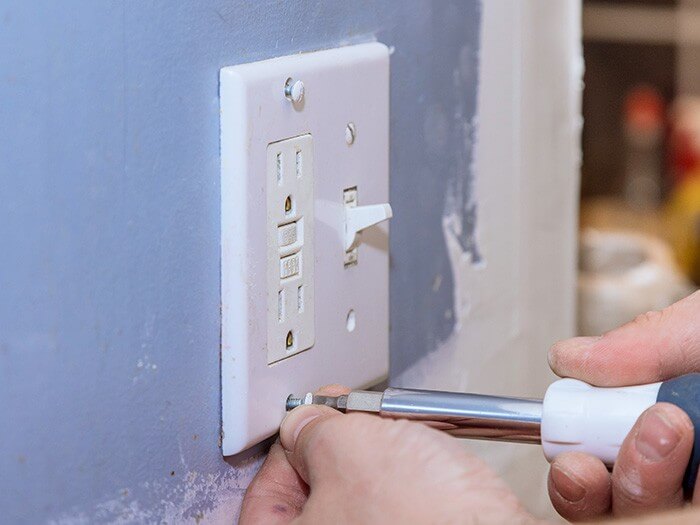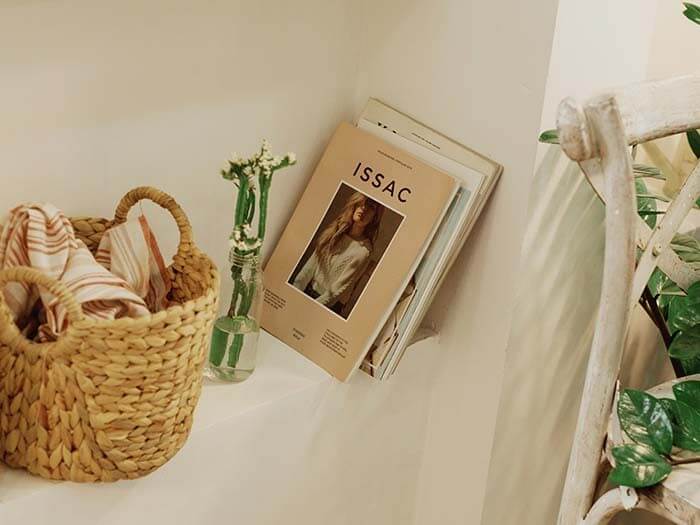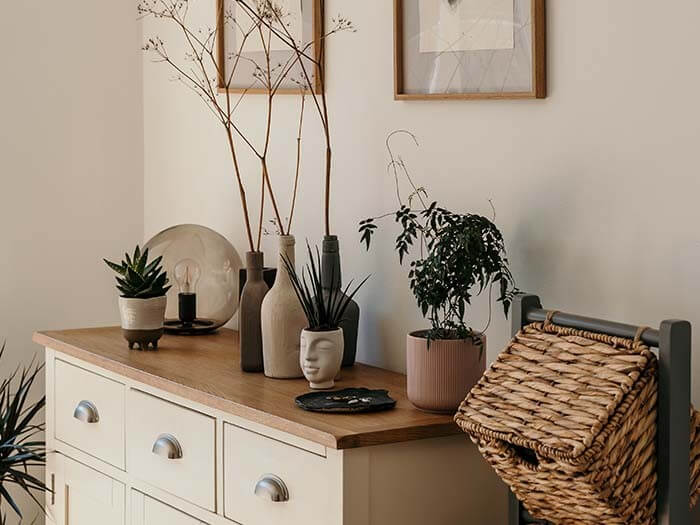A BREAKDOWN OF THE BASICS


- Tape off the trim. Use painter’s tape (not masking tape) to tape off window and door trim. Make sure to press the tape down flat so the paint doesn’t bleed through.
- Use canvas drop cloths. Canvas is a better choice for a drop cloth than plastic, as its thicker, heavier material helps prevent drips from seeping through to your floor. And if you drip paint onto a plastic drop cloth, the paint will take a long time to dry—meaning you run the risk of stepping in it and creating a mess.
- Light things up. With a good, bright light, you can easily see spots you’ve missed.
- Stir the paint. Paint separates, so a good stirring before you begin (and periodically throughout the project) ensures consistent color.
- Pour it out. Leaving a can open so you can repeatedly dip your brush into it will dry out the paint in the can faster. Instead, pour some of the paint into a smaller container that you can hold in one hand—and put the lid back on the paint can.
- Prime and paint the ceiling first. Use a brush to cut in (paint the edges) where the ceiling and wall meet, then paint the rest of the ceiling with a roller. Vary the direction you paint in, to avoid showing overlap marks.
- Prime and paint one wall at a time. Prime one wall at a time; once the room is primed, paint one wall at a time, rather than painting the edges of the entire room first. This way, the edges of the wall you’re priming or painting will still be wet when you blend them with paint from the roller, giving you a more seamless look.
- Wrap up your brush. Wrap your paintbrush or roller in plastic wrap in between walls, to keep the paint from drying out..



